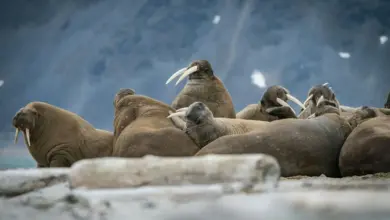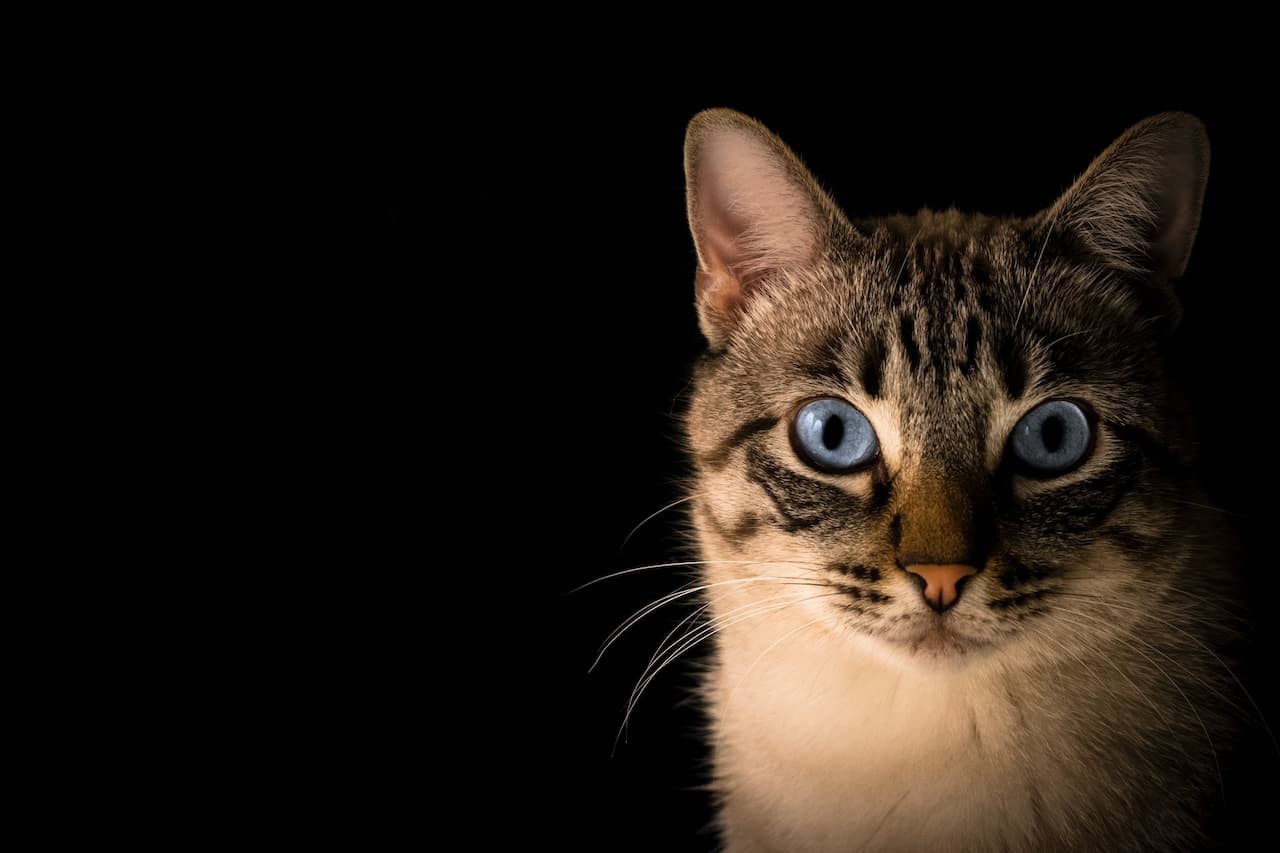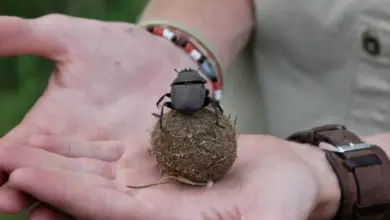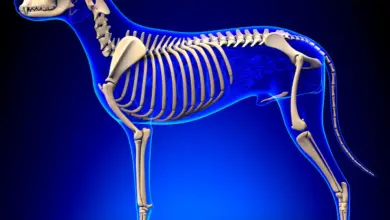What Eats A Moose?
What Eats A Moose? What Does A Moose Eat?
The moose is the largest member of the deer family. It is such a large herbivore, or plant-eating animal, that it only has two predators or natural enemies.
Wolves often attack, kill, and eats a moose. But usually, it takes many wolves to kill a moose.
Grizzly bears also eat moose. Grizzlies prefer to eat young, or baby moose because they are easier to catch and kill. But these bears are powerful enough to kill full-grown moose when they need to.
And, what does a moose eat? Moose are browsers, which means they eat a variety of leaves, twigs, and other plant material.
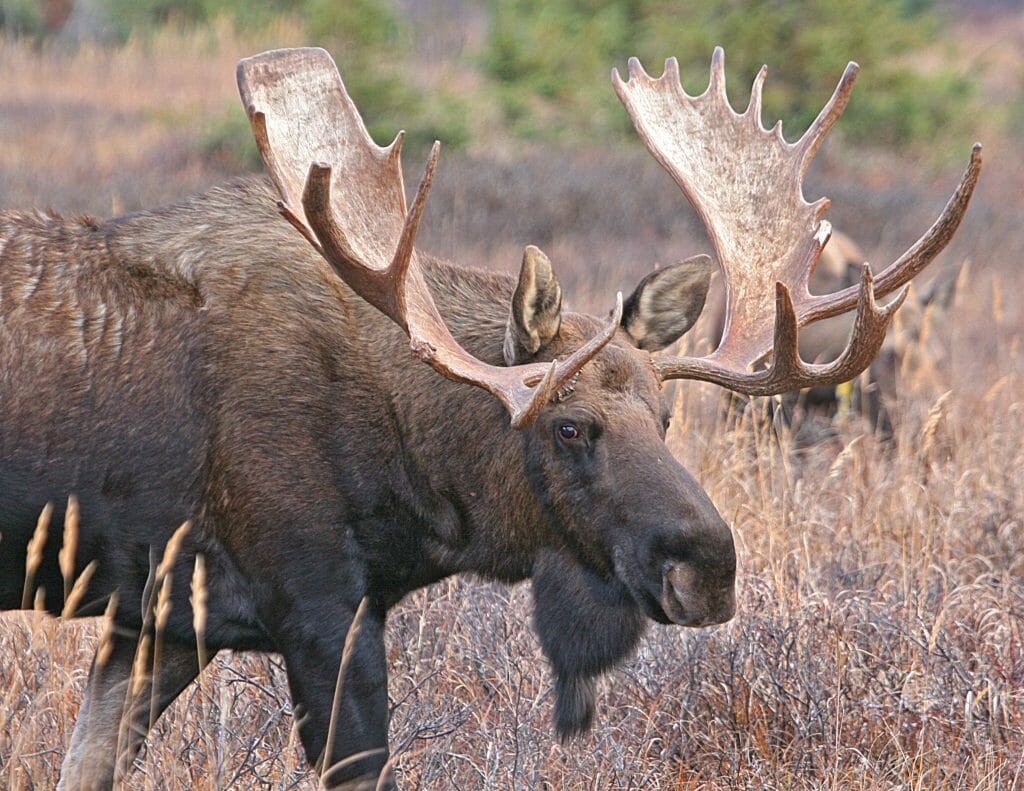
Let’s Get To It, So What Eats A Moose?
Introduction
The moose is a large, powerful ruminants living in tundra, North America, and Eurasia woodlands. Their scientific name is Alces alces. Moose are a large type of deer, and their habitats are vital. Despite their size and strength, moose are not impervious to injury. Since moose are herbivores, they primarily consume vegetation.
The majority of the food moose consume is aquatic, such as pondweed, sedges, grasses, horsetails, willow and birch tree branches, buds, and leaves.
With less aquatic vegetation in the winter, moose also consume many terrestrial plants. Many formidable predators pursue them. This article will examine moose predators, their hunting strategies, and the ecological dynamics of these encounters in the wild.
Predators Of The Moose
1. Wolves
The Predator Canis lupus is renowned for its social structure, intellect, and hunting skills. Wolves are necessary in areas where their habitats overlap as predators of the enormous deer species known as moose. The predator-prey relationship significantly influences the ecosystem’s dynamics in North American wilderness areas.
When hunting moose in organized groups, wolves use their teamwork, stamina, and cunning. Despite being large herbivores, wolves are adept at taking advantage of the weaker members of society, such as young animals and old or sick moose. Members of the pack track, separate, and eventually overcome their victims via perseverance and cooperation.
In the winter, when the heavy coating of snow makes it more difficult for the animals to evade predators, wolves hunt moose with remarkable achievement. Moose may be traced by their scent trails, or they can ambush them in areas like riverbanks and thick forests where they are most likely to gather.
A felled moose is quickly preyed on by wolves, who often start with the soft tissues and internal organs. A lone moose may provide food for several days for a whole pack of wolves. Therefore, moose hunts are crucial to the survival of these apex predators, especially during the brutal winter months when food supplies are hard to find.
Wolves’ significant predation of moose has profound ecological outcomes. It helps control the number of moose, prevents overgrazing and environmental degradation, and provides wolves and other scavengers with an essential food source. The overall health and balance of ecosystems in boreal forests and other wilderness areas where wolves and moose live are supported by this predator-prey relationship.

2. Bears
Moose are often attacked and killed by two kinds of bears. These are the American black bear and the grizzly brown bear.
Since moose are omnivores, American black bears do not aggressively hunt them down for food. However, if given the chance, they will consume them. The majority of these will be young calves that are only a few months old. Adult moose can be killed by black bears as well, although they tend to target females over males.
Brown bears are moose predators in Asia, northern Europe, and North America. They are the only other species that hunt moose on every continent except wolves.
Brown bears typically kill moose by assuming control of a wolf kill in its latter seconds. Bears lack the endurance that wolves possess to pursue and exhaust a massive moose.
Due to their ease of prey, brown bears often kill juvenile moose on their own.
Moose may repel a smaller bear’s unexpected attack by using their antlers. However, in late winter, moose shed their antlers. This implies that they only sometimes have antlers to provide protection, especially when bears emerge from hibernation in the early spring.
When moose are in the same range as brown bears, they exercise caution since both bears and moose can run up to 35 mph at maximum speed.
Some reports exist of moose being killed by polar bears, but these two species hardly ever interact in the same area.
Because they can swim so well, polar bears have been known to drown moose attempting to flee into the sea. Even yet, these attacks are probably more the product of an opportunistic hungry polar bear than a frequent occurrence.
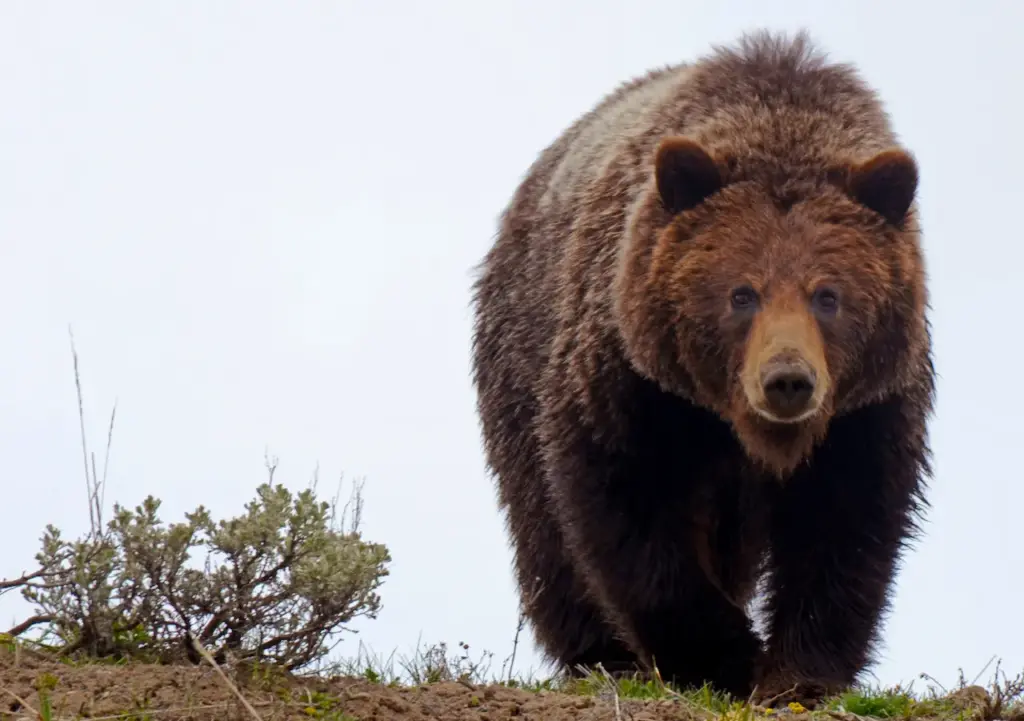
3. Wolverines
It might surprise many when a wolverine kills a moose because of the size disparity between the two creatures. Although they are renowned moose predators, wolverines require particular circumstances to make a kill.
A wolverine can kill an adult moose. However, they must be ill or wounded to be rendered insufficiently robust for the Wolverines to overcome them. Wolverines can also aid in the death of susceptible moose via starvation and thick snow that wears them out.
Deep winter conditions offer a skilled prey-attacking habitat for wolverines. The snow helps moose move more slowly, which is advantageous to wolverines.
Due to their sharp claws, powerful jaws, and strong teeth, wolves may inflict significant damage to moose during a prolonged fight.
Wolverines frequently consume the flesh of the carcass when other animals kill moose. As a result, they often follow a pack of wolves about in anticipation of their killing a moose.
4. Siberian Tigers
The Siberian tigers (Panthera tigris altaica), often known as Amur tigers, are the largest mammals in the world and are found in the deep woods of the Russian Far East.
Siberian tigers mainly pursue smaller prey such as rabbits and ungulates like deer and wild boar, although they have also been recorded killing moose when the opportunity arises.
Because of their size and strength, moose are pretty threatening to Siberian tigers. Tigers frequently hunt young, sick, or injured moose because they are easier to kill.
Siberian tigers approach moose stealthily before launching an unexpected assault because of their exceptional ambush and stealth skills. Despite a moose’s great defenses, a determined tiger may overpower it with its powerful jaws and claws.
Meetings between the two species are rare since Siberian tigers and moose have distinct ecological preferences and behavioral characteristics. But they also show off how wise and adaptable these incredible predators are.
Conservation efforts to safeguard Siberian tigers and moose are crucial to maintaining the delicate ecological balance in the Russian Far East. By preserving habitats and lowering human-wildlife conflicts, it is possible to ensure both the survival of these iconic species and the integrity of their natural environments.
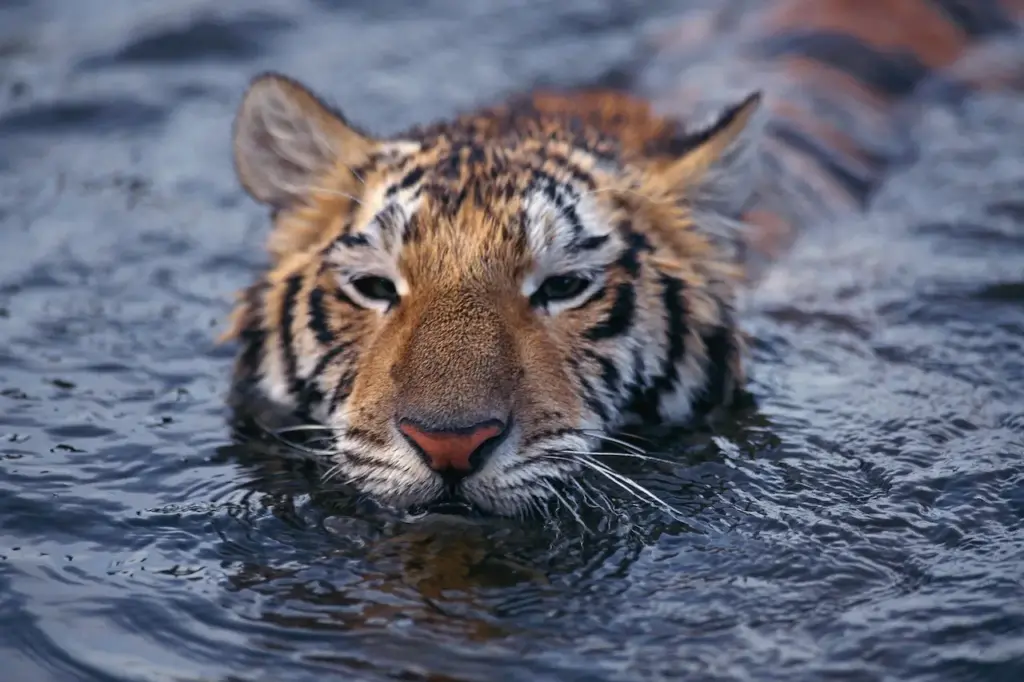
Final Words
Finally, the intricate connection of Siberian tigers, wolves, bears, and other top predators to moose reflects the functioning makeup of ecosystems.
These skilful hunters target the moose’s weakness with their assault abilities, and after that, they turn them into a substantial and delectable feast.
Yet, despite their vast size, they are also prey to predators, serving as a natural means of keeping the population at an appropriate level so that the ecosystem’s equilibrium is maintained. The survival and well-being of northern wildlife resources are based on implementing conservation programs to hold moose and predators.
By combining societies and using sustainable management techniques, we can protect moose survival and the existence of their predator-prey relationship. In addition, maintaining and enhancing the predator-prey link so the ecosystem will be more resilient and biodiverse is very important.
Through collaborations on conservation actions, we can collectively achieve the existence of moose and predators living in harmony, thus ensuring the future of the wilderness for generations.

